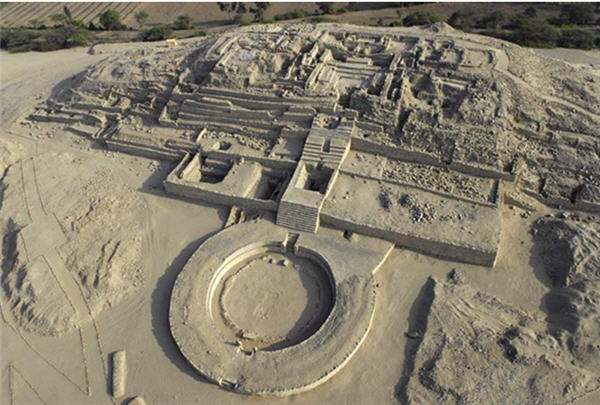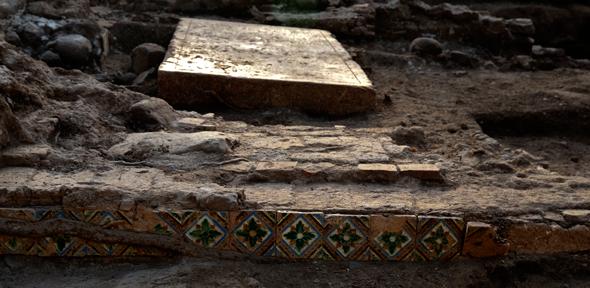In modern day society, the homeless are too often looked down upon as the lowest class. We treat a settled down lifestyle as the ultimate goal — the American dream of a house with a white picket fence. But as urban nomads, the homeless are not inherently down on their luck. In fact, the nomadic lifestyle has a long and complex historical significance – like, for instance the Pazyryk people.

The construction of a Pazyryk kurgan.
The Pazyryk people were nomadic horsemen who inhabited the Altai mountain region from the 6th century B.C. to the 4th century B.C. (about.com). The Pazyryk people combat the idea the nomadic peoples are, “less developed than many sedentary ones” (nytimes.com), or that nomadic people of their region were simply “rude barbarians” (evolution-institute.org). In Pazyryk burial mounds known as kurgans, artifacts like carved pieces of wood, goods formed from precious metals, and mechanically-complex carts have been found. Foreign goods have also been found, but they have been transformed by the Pazyryk people’s craft — becoming even more fantastic.

An artist’s rendition of the tattoos covering the mummy known as Princess Ukok.
Even more interesting than the artifacts found inside of kurgans are the mummies buried with them. Upon their bodies were intricate tattoos of animals both real and mythical. It is believed that these tattoos symbolized place in society, names, or even pre-writing (nytimes.com)(ancient-origins.net “The Stunning Ancient Tattoos of the Pazyryk Nomads”). This has been supported by the discovery of the mummy Princess Ukok, a young female who was found in an elaborate burial chamber.
The Pazyryk people have even been found to have performed complex surgery. Two individuals were found to have undergone cranial surgery, and survived — evidenced by bone growth over the incisions (ancient-origins.net “Ancient Pazyryk nomads carried out highly advanced cranial surgery in Siberia”). Interestingly, there is evidence that the surgeries performed are in line with ancient Greek medical texts suggesting the Pazyryk had an extensive range and communication with other cultures of their time period (ancient-origins.net “Ancient Pazyryk nomads carried out highly advanced cranial surgery in Siberia”).
The urban nomads of today are not unlike the Pazyryk. Though some are not homeless by choice, many do make the choice to be “home-free”. Those of us with sedentary lives should not look down upon urban nomads. We should work to coexist and stop trying to fix their way of living through assimilation into our lifestyle. Nomadic people have an equally rich culture and history — especially if wealth is not measured in terms of material items.
References:
http://www.ancient-origins.net/news-history-archaeology/ancient-pazyryk-nomads-advanced-cranial-surgery-siberia-1020300
http://www.ancient-origins.net/ancient-places-asia/stunning-ancient-tattoos-pazyryk-nomads-002267
http://ancienthistory.about.com/od/greekartarchaeology/ig/Wordless-Wednesday-Pictures/Pazyryk-Horseman-c-300-BC.htm#step-heading
Images:
http://static01.nyt.com/images/2012/03/13/science/13NOMA4/13JPNOMA4-popup.jpg
http://resources1.news.com.au/images/2012/08/15/1226450/724929-princess-designs.jpg
Further Reading:
http://www.jstor.org/stable/23203291?seq=1#page_scan_tab_contents




